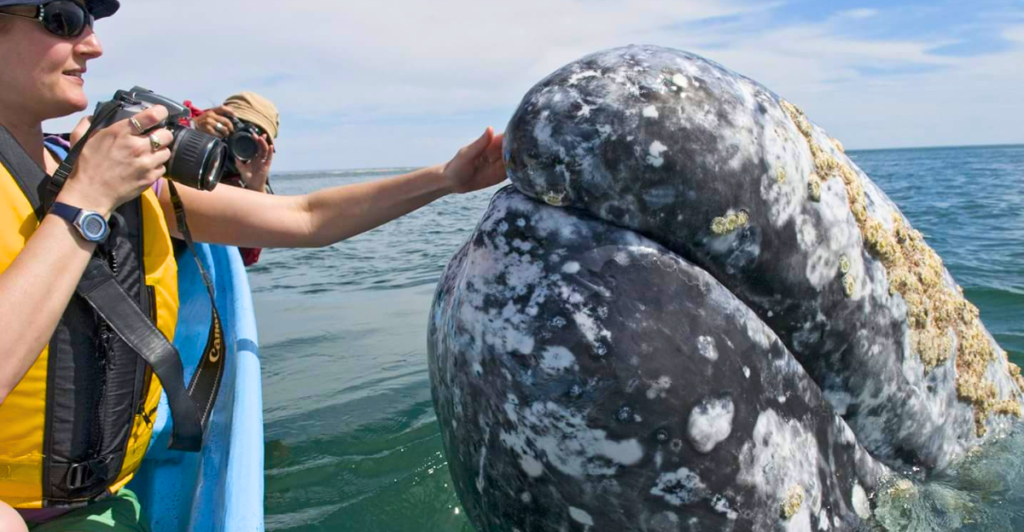
North America is home to an incredible variety of wildlife, from the deserts of the Southwest to the icy tundras of the Arctic. Some animals are well-known, like beavers and mountain goats, while others, such as the elusive ringtail or the ancient Atlantic horseshoe crab, remain a mystery to many. Let’s take a look at twelve of North America’s most fascinating animals. How many do you know?
1. Gila monsters
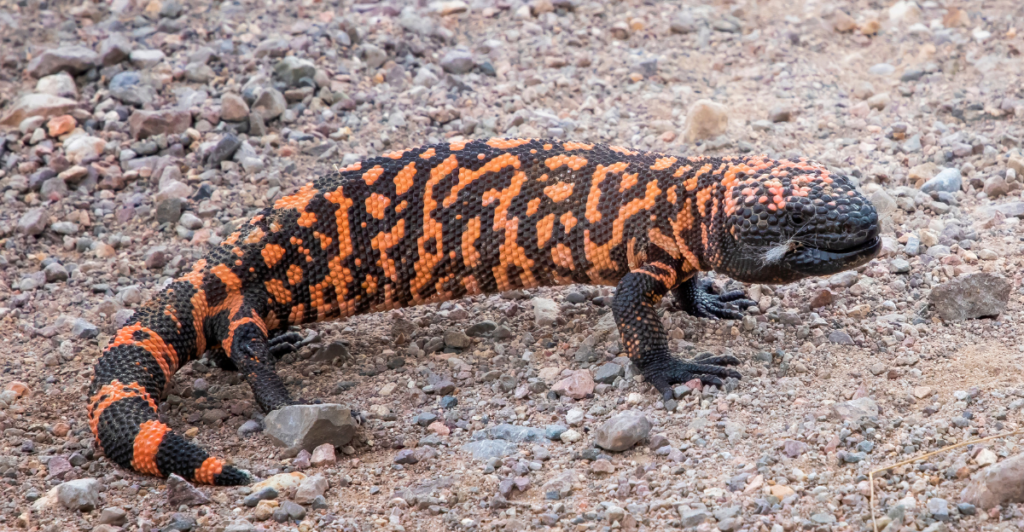
The Gila Monster is a venomous lizard found in Arizona, California, Nevada, New Mexico, Utah, and northwestern Mexico. It is the largest living lizard in the United States and is recognized by its orange and black stripes and dots. These gorgeous animals are quite sluggish and rarely attack humans.
2. Ringtails
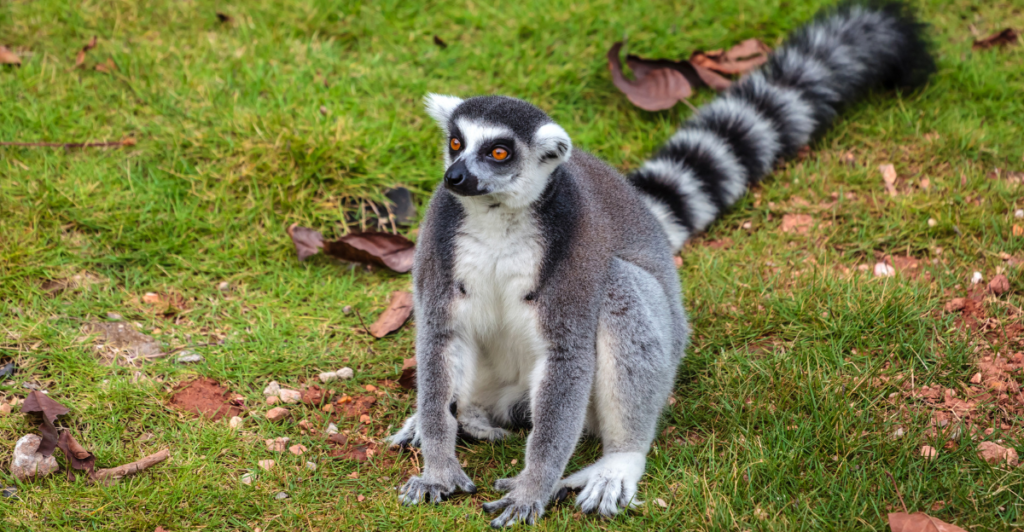
Ringtails belong to the Procyonidae family and are found in the southwestern United States. These stunning creatures have grayish-brown fur on their backs with light underparts. They are excellent climbers and can climb vertical walls, trees, and cacti. Interestingly, they can survive for long periods without water!
3. Arctic Wolves
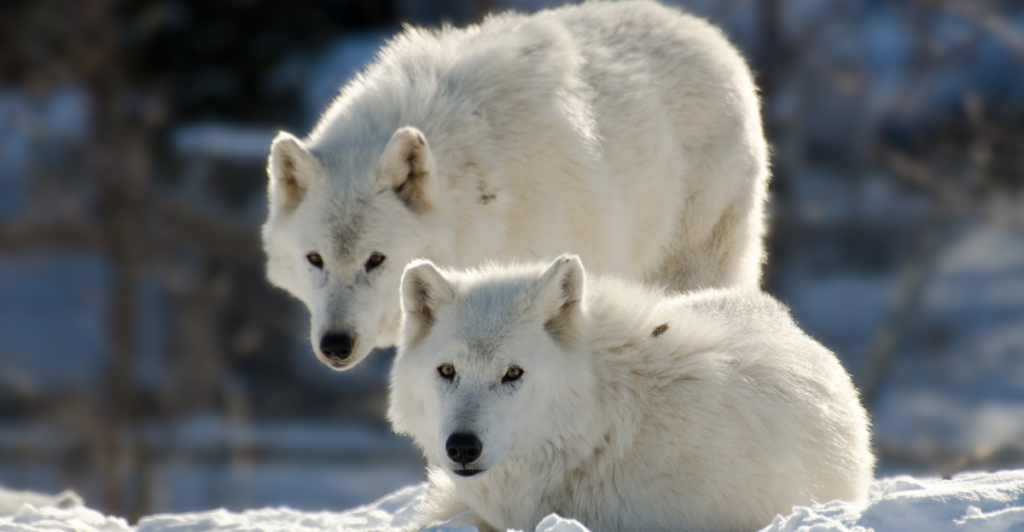
Artic Wolves are magnificent creatures that can be found in the Arctic regions of North America and Greenland. These wolves have white coats that provide camouflage in their snow-covered habitats. They primarily hunt muskoxen and Arctic hares in the wild.
4. Beavers

Did you know that Beavers are the largest rodents in North America? These adorable creatures live in dams, which they build themselves in streams. They are widely distributed across the U.S. and mainly feed on bark, leaves, twigs, buds of deciduous trees, aquatic vegetation, and lily roots.
5. Hellbender

Hellbenders are giant salamanders that are found in northeastern U.S. rivers and streams. These strange-looking creatures can grow up to 29 inches long and weigh up to 5 pounds. They mainly eat crayfish but will also feast on other invertebrates and fish when available.
6. Olympic Marmot
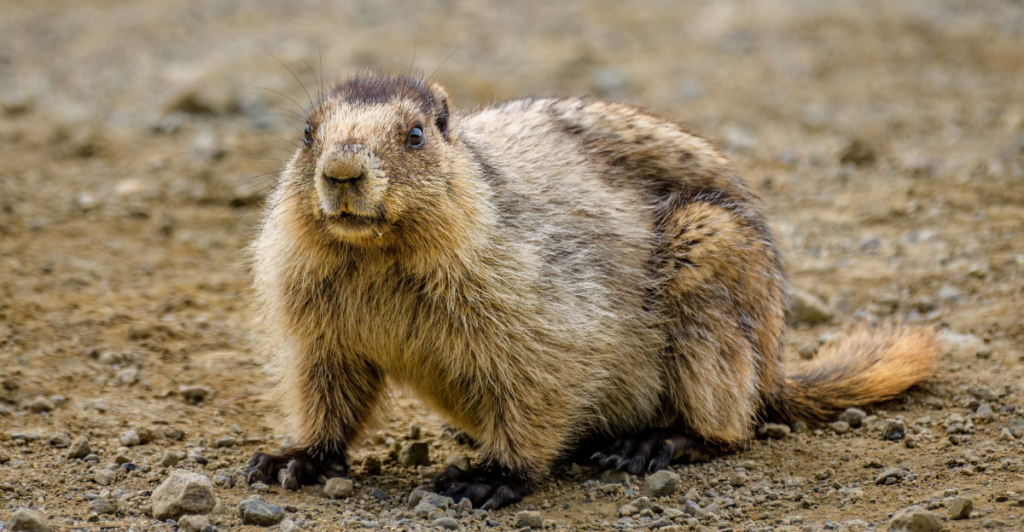
The Olympic Marmot is a rodent in the squirrel family that is endemic to Washington State’s Olympic Peninsula. This strange mammal inhabits subalpine meadows and rocky slopes where it feasts on flowering plants like lupine and glacier lilies.
7. Island Fox
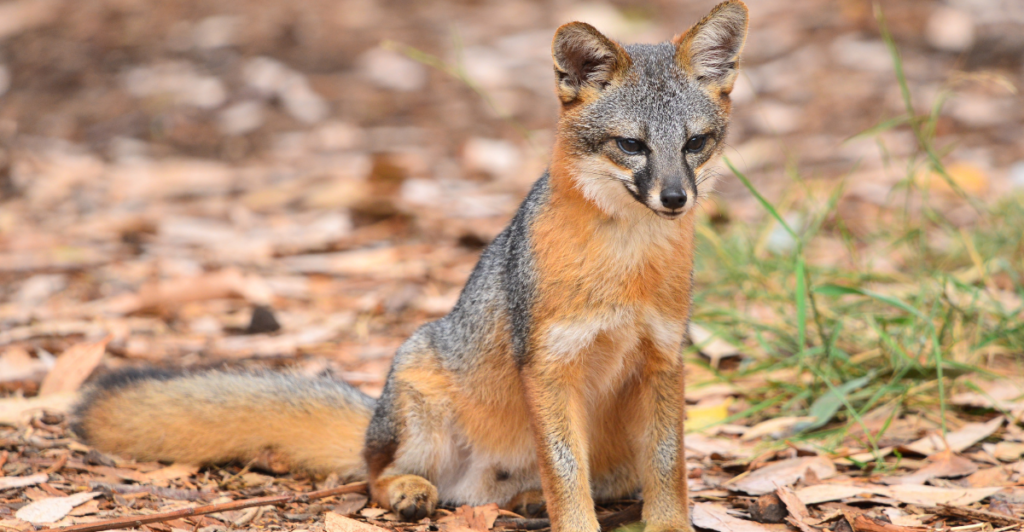
The Island Fox is native to six of the eight Channel Islands in California. Each island hosts its own distinct subspecies, which reflects its evolutionary history. These adorable creatures are quite docile and show little fear of humans.
8. Peccaries
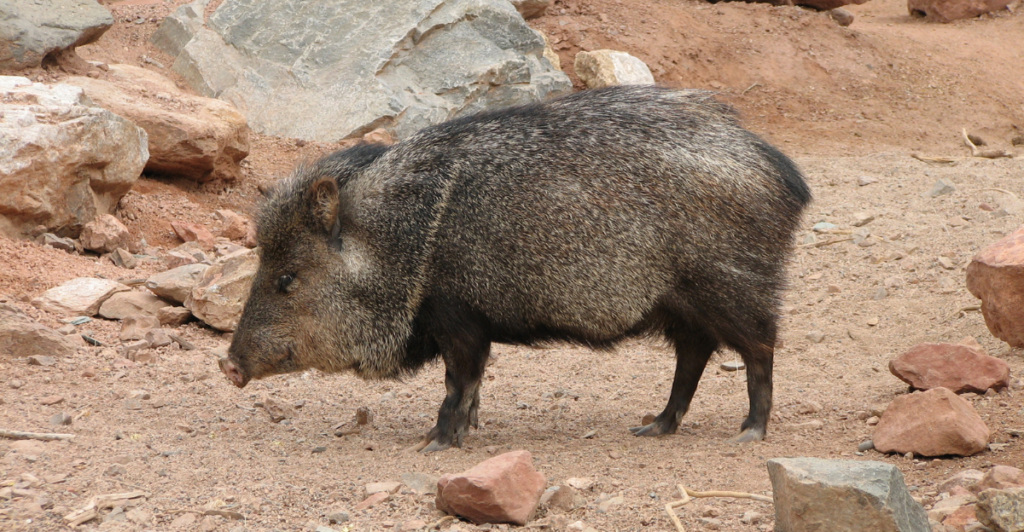
Peccaries, which are also known as skunk pigs or javelinas, are pig-like hoofed mammals that can be found in the Southwest U.S. and Mexico. Though these animals are not part of the same family as pigs, they are their closest relatives. They have short, stubby legs, short snouts, and dark fur.
9. Pikas
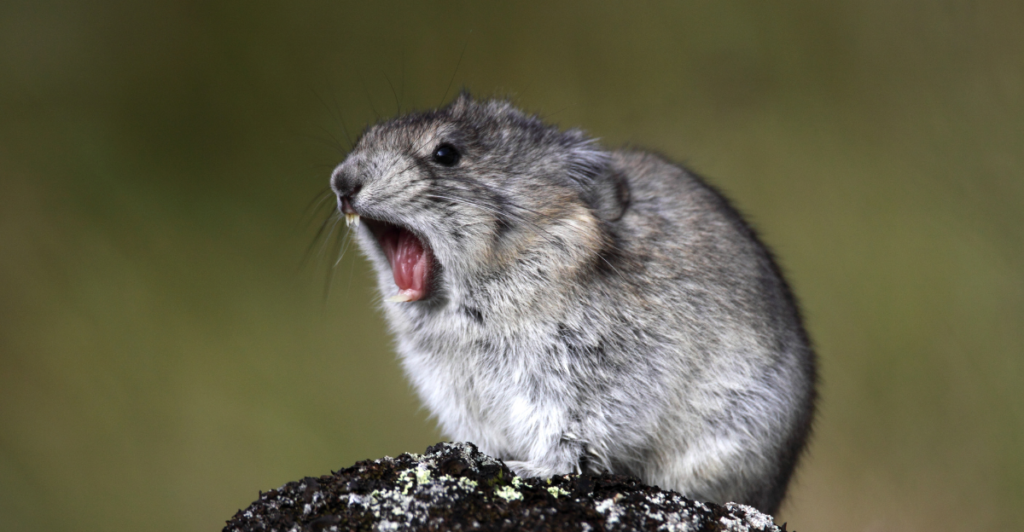
Pikas are small mammals that are closely related to rabbits. Two species of these mountain-dwelling mammals are native to North America. The American pika lives in the Rocky Mountains, Sierra Nevadas, and the Cascade Range, while the collared pika can be found in Alaska, Yukon, British Columbia, and the Northwest Territories.
10. Fishers
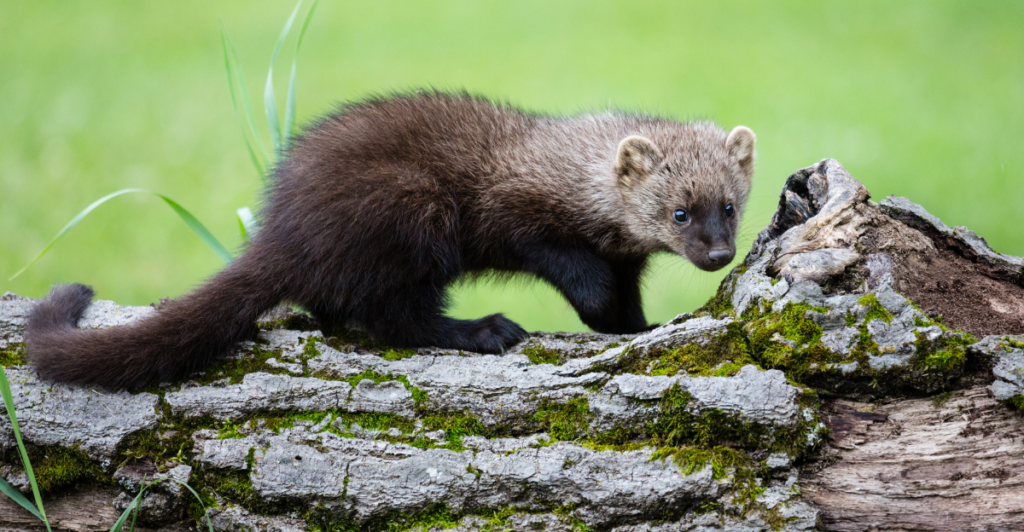
Fishers are carnivorous mammals that are native to North America. They have long, thin bodies, brown fur, and long tails. These forest-dwelling creatures feast on squirrels, rabbits, mice, voles, porcupines, birds, frogs, carrion, fruits, and mast. They are at their most active around twilight.
11. Mountain Goats
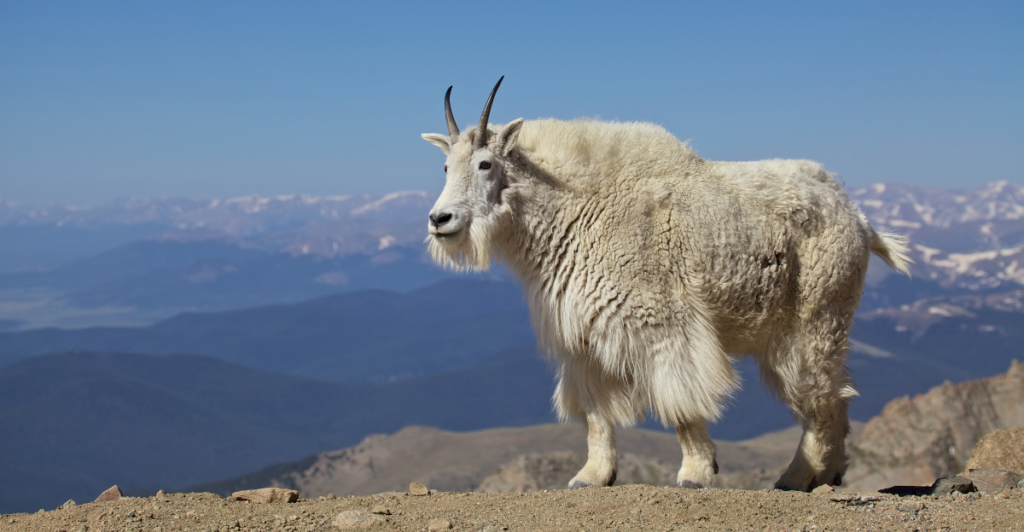
Mountain Goats are cloven-footed mammals that are endemic to the remote and rugged mountainous areas of western North America. Mountain goats are exceptional climbers, thanks to their specialized hooves with rubbery pads that provide grip on steep, rocky surfaces. They can navigate near-vertical cliffs, which helps them evade predators like cougars and wolves.
12. Atlantic Horseshoe Crabs
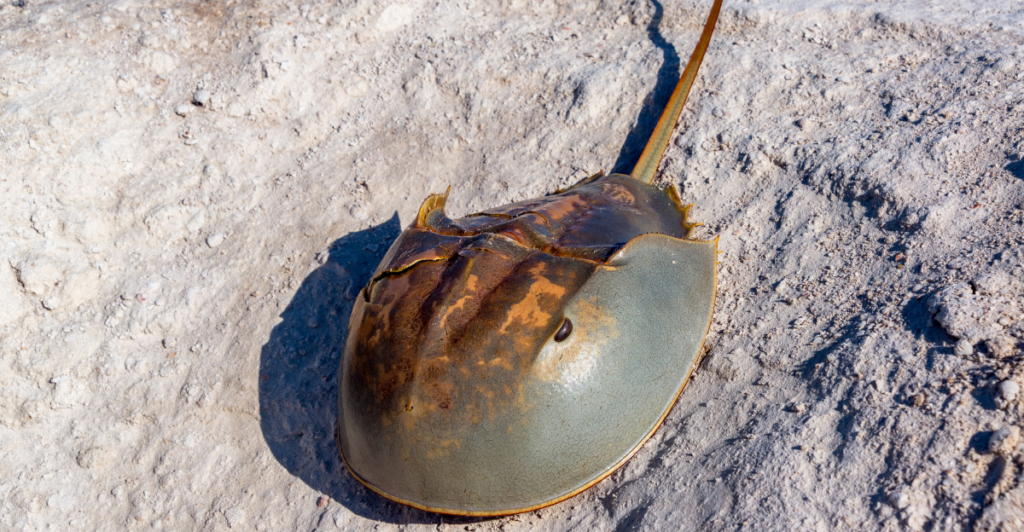
These strange-looking crabs are found in the Gulf of Mexico and along the east coast of North America. Atlantic Horseshoe Crabs likely originated in the Paleozoic era, which makes them “living fossils.” Sadly, they are listed as vulnerable on the IUCN Red List.
Discover more of our trending stories and follow us to keep them in your feed

California Is Breaking Apart: A Fault Line Is Forming Faster Than Anyone Predicted
California Is Splitting Apart: A Fault Line Is Forming Faster Than Anyone Predicted
Philanthropist Promises To Cover $771.23M Annually After US Exit From Climate Accords
The War on Cows Is Over—And Green Extremists Have Lost
This article first appeared here
Stay connected with us for more stories like this! Follow us to get the latest updates or hit the Follow button at the top of this article, and let us know what you think by leaving your feedback below. We’d love to hear from you!







